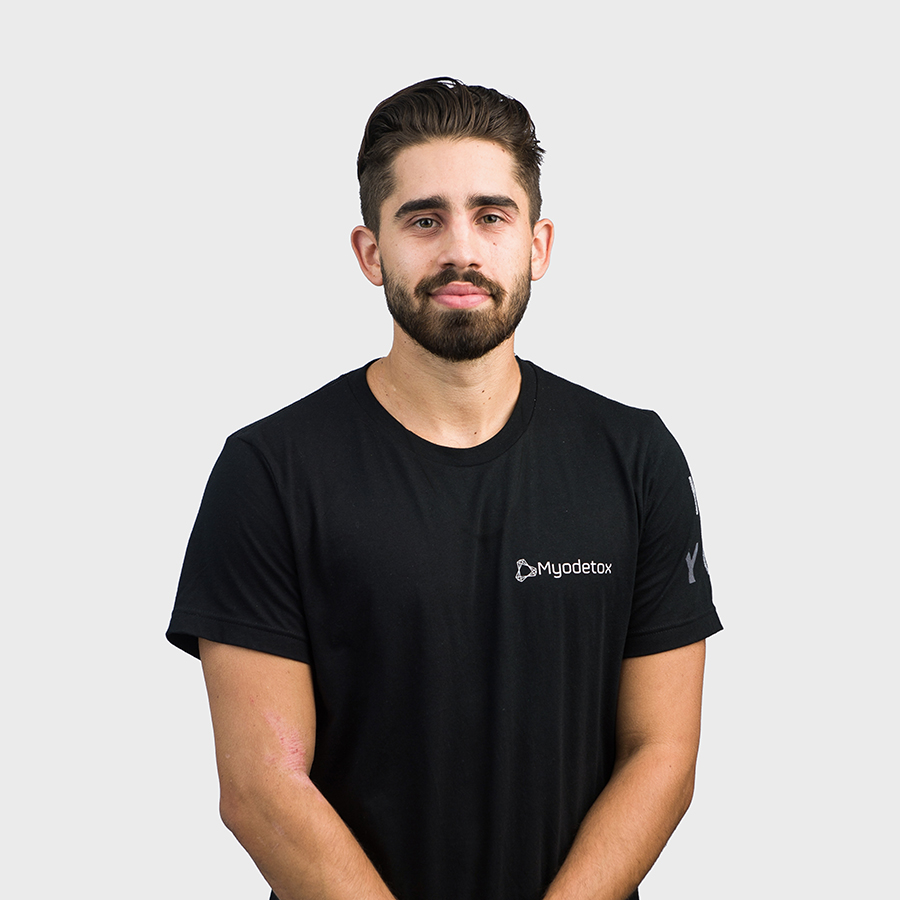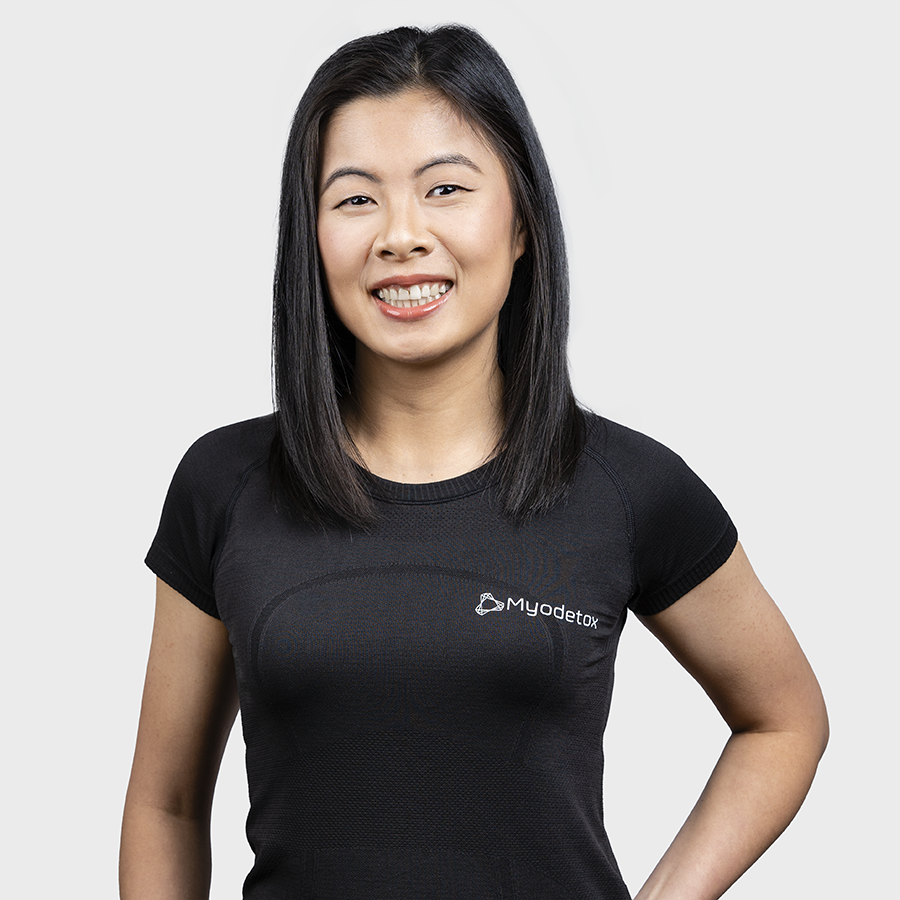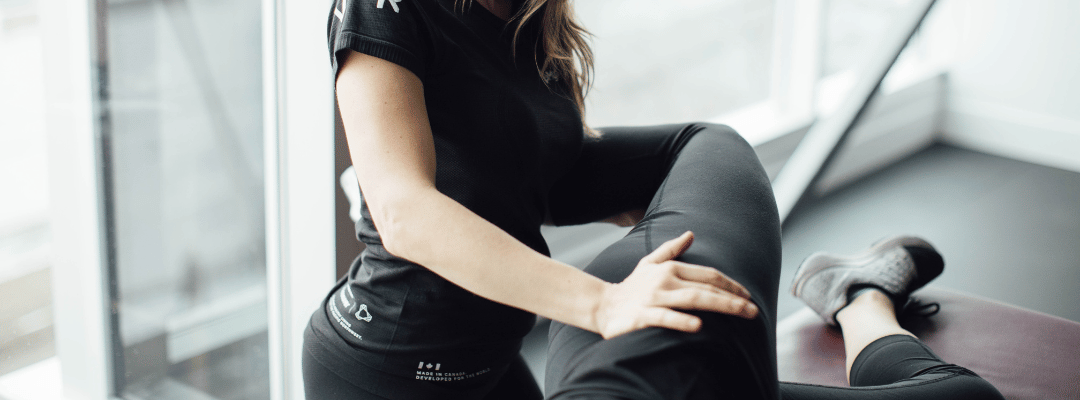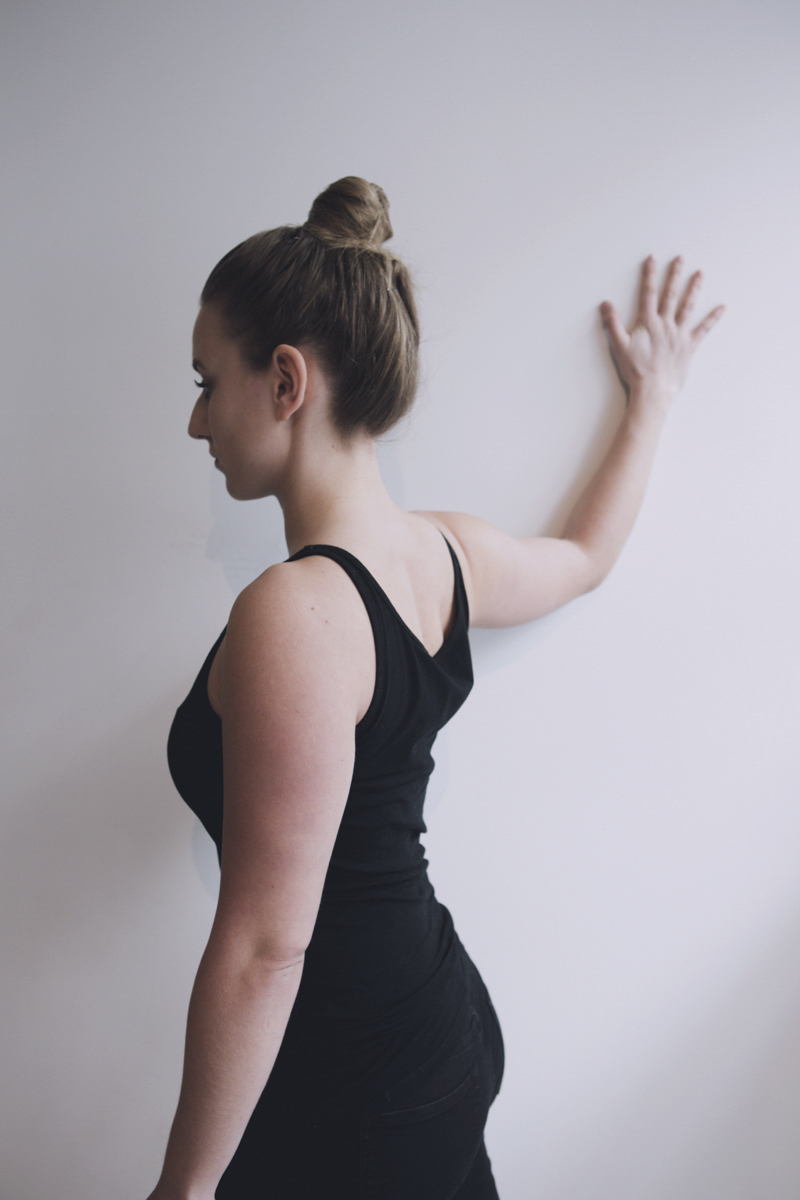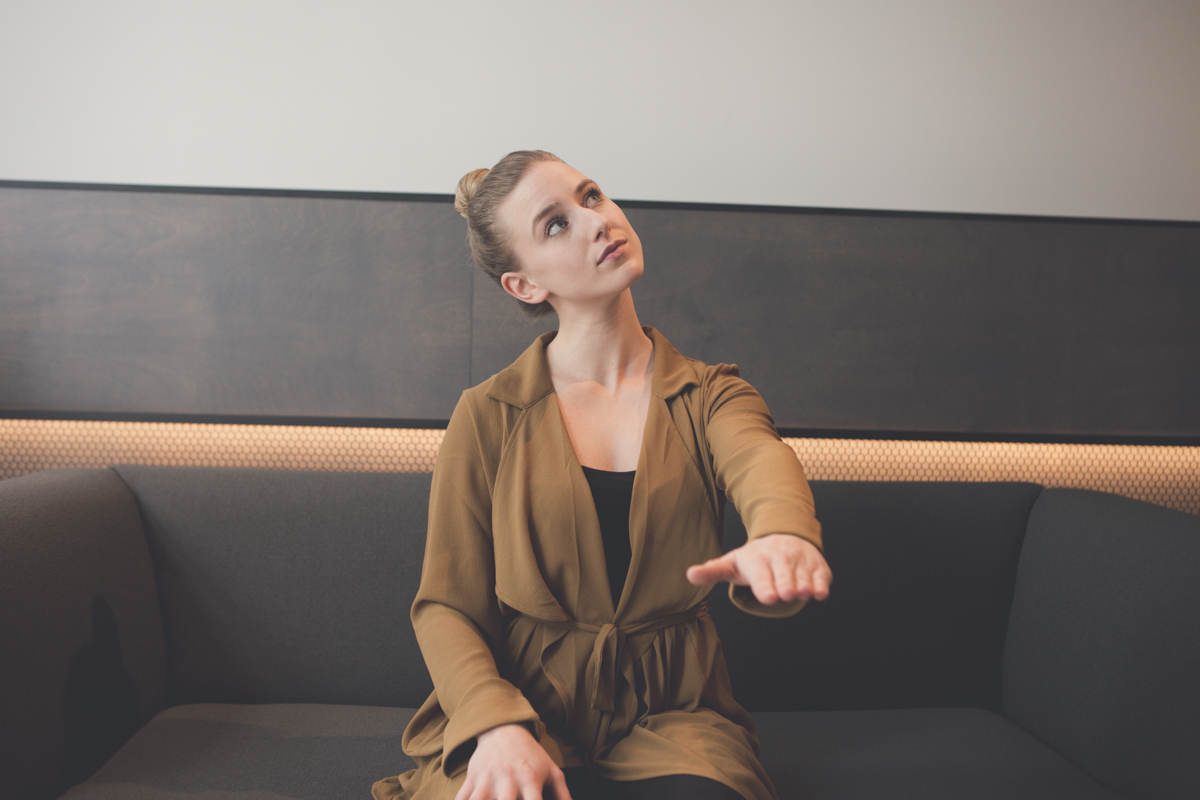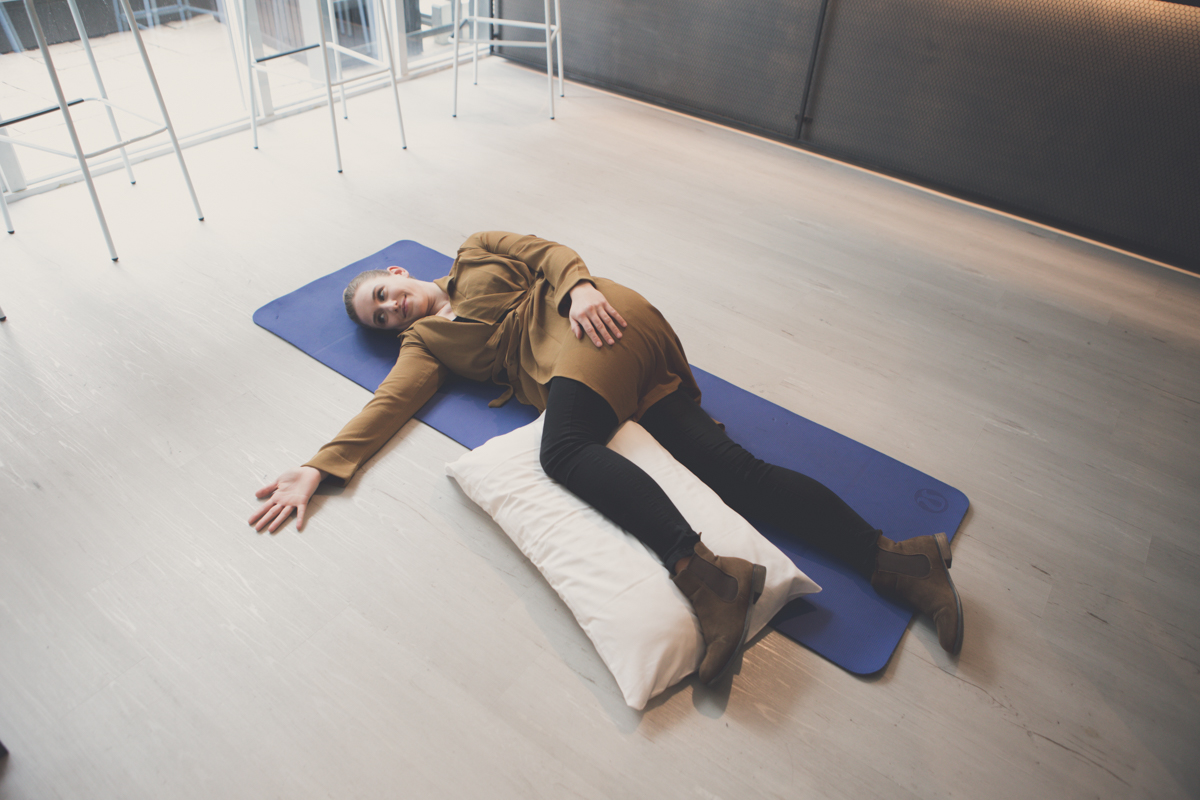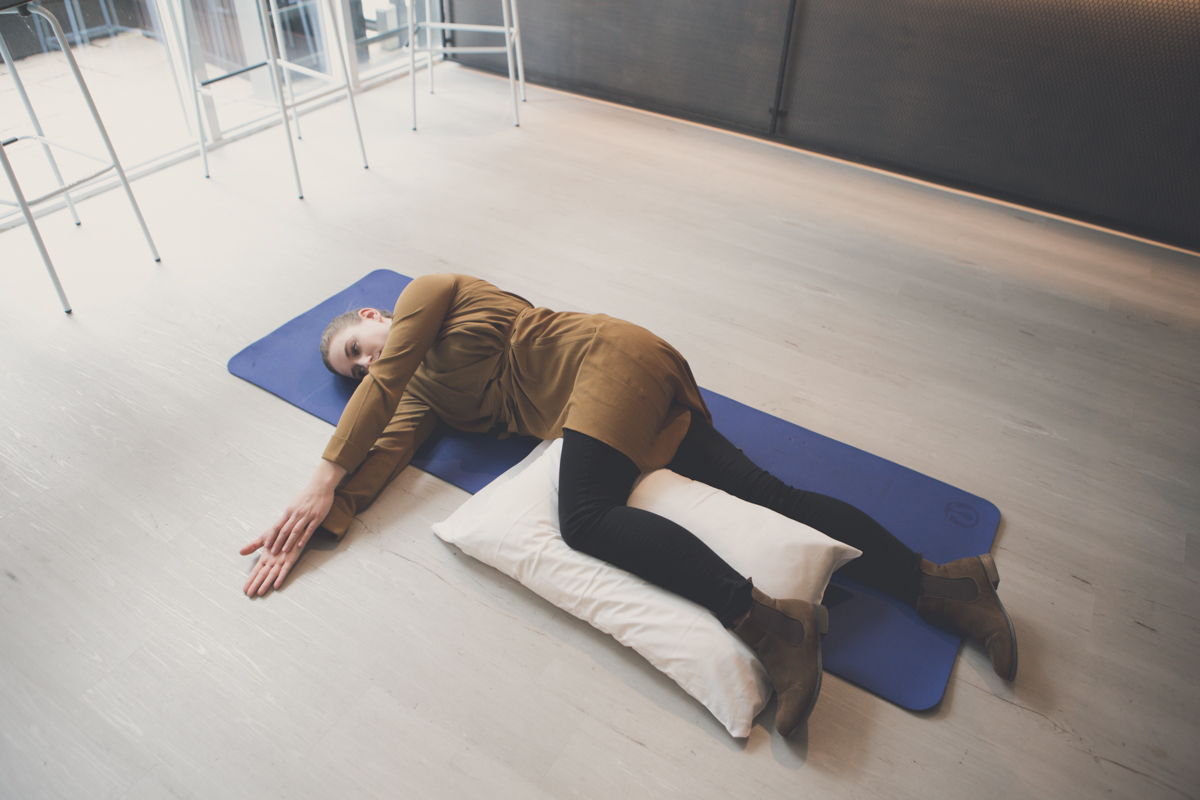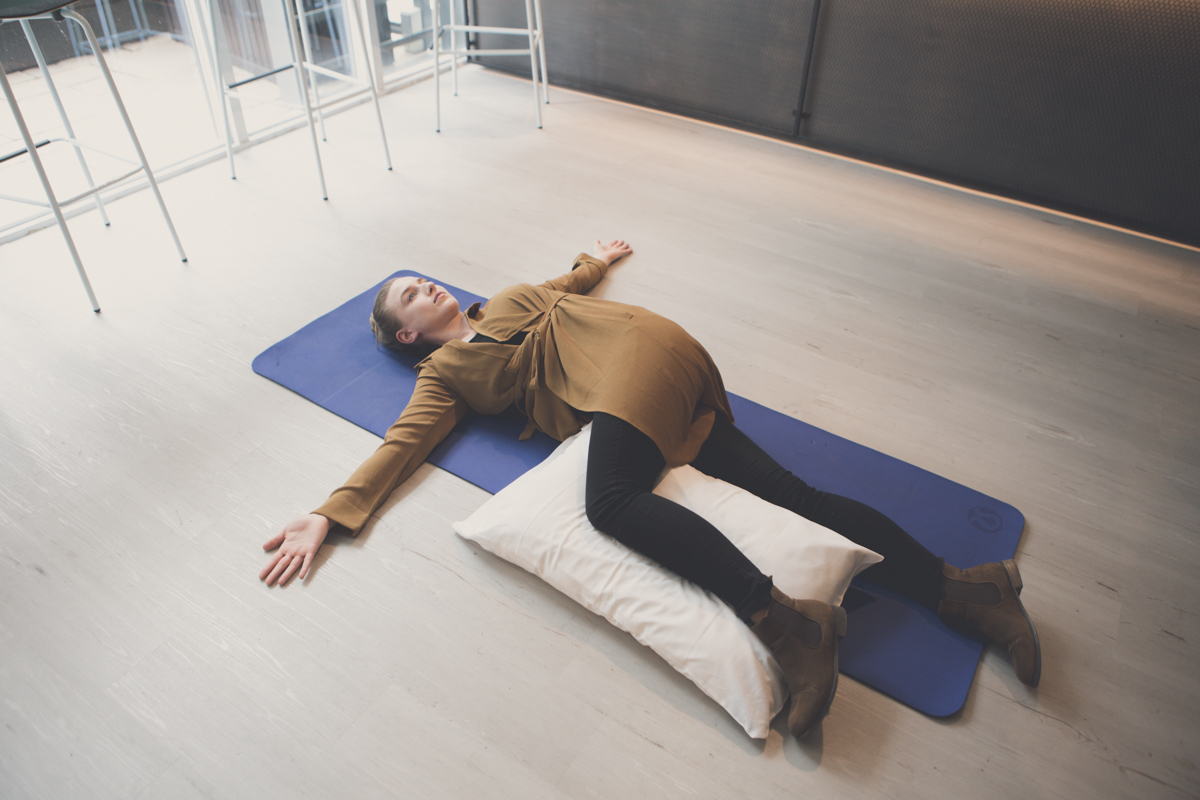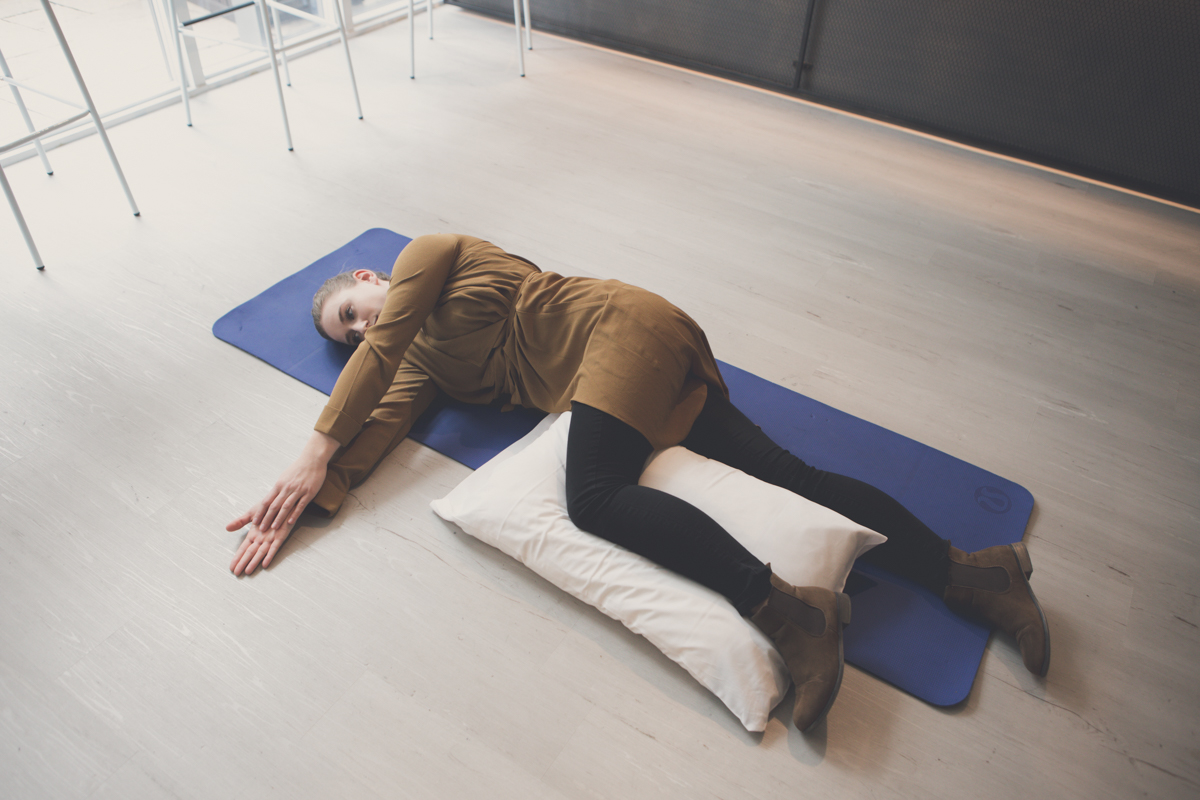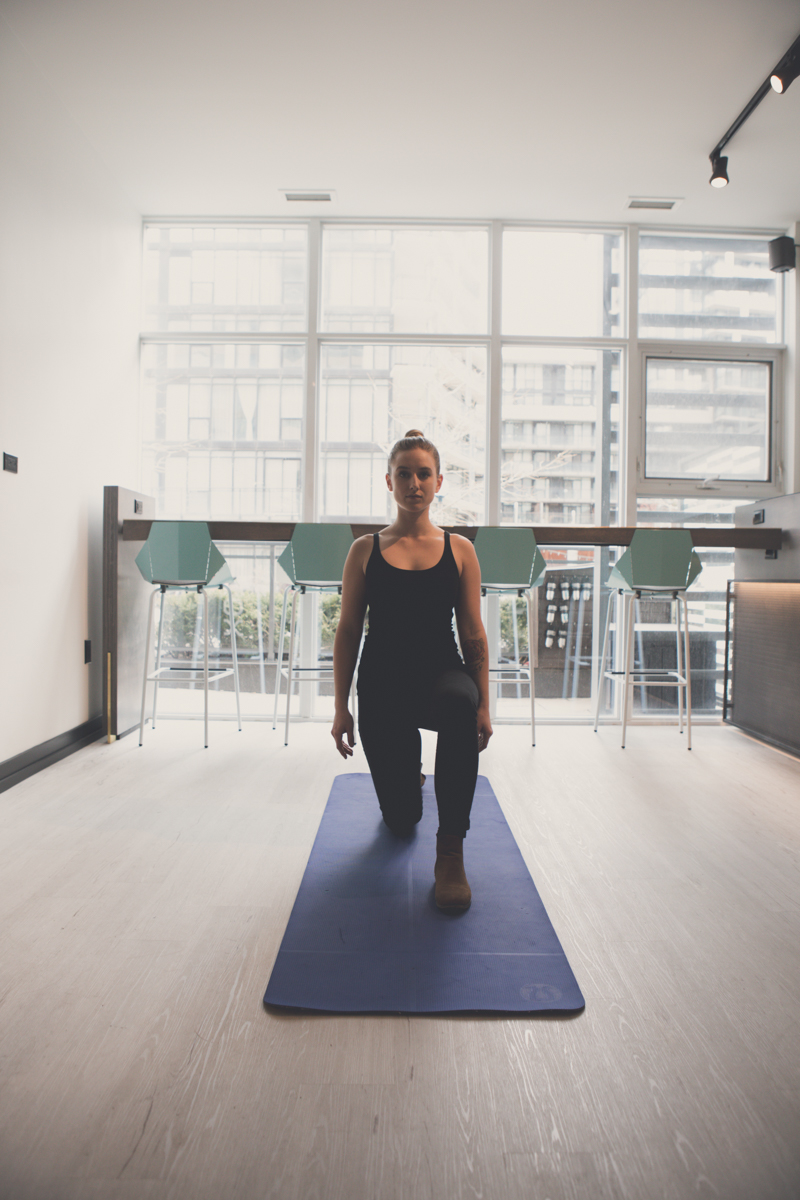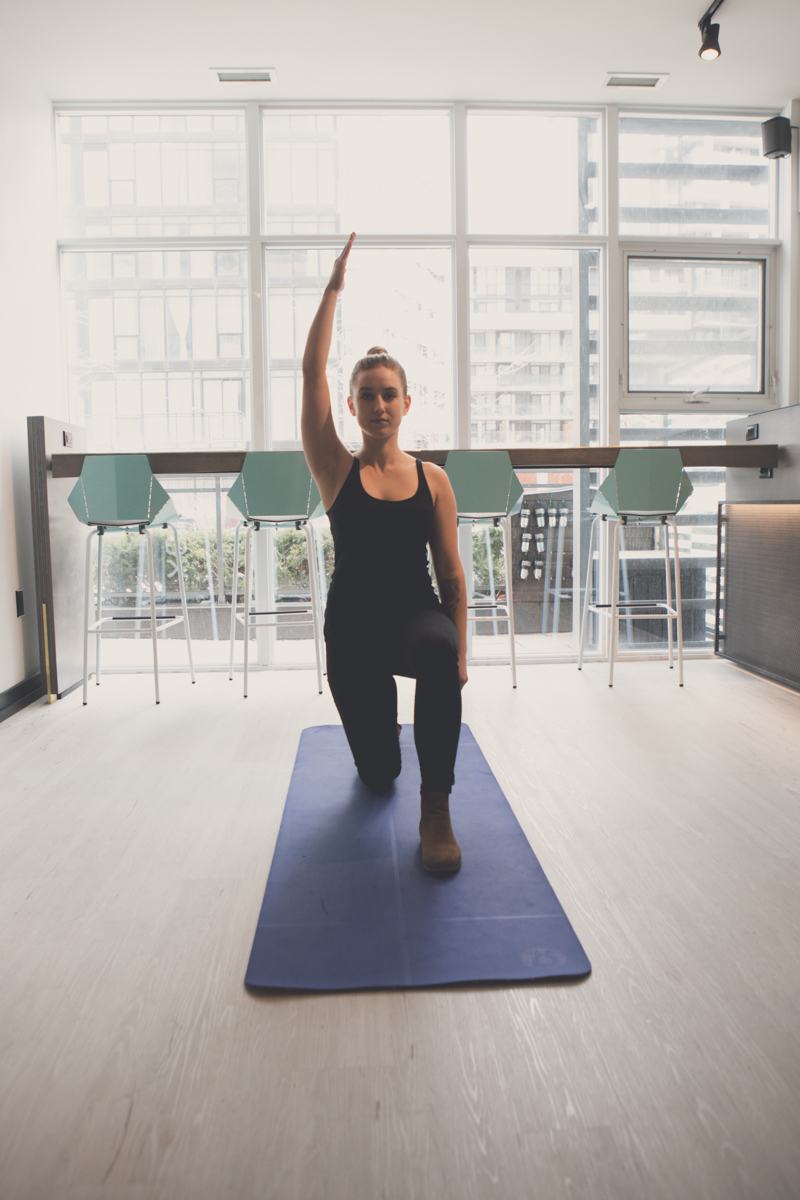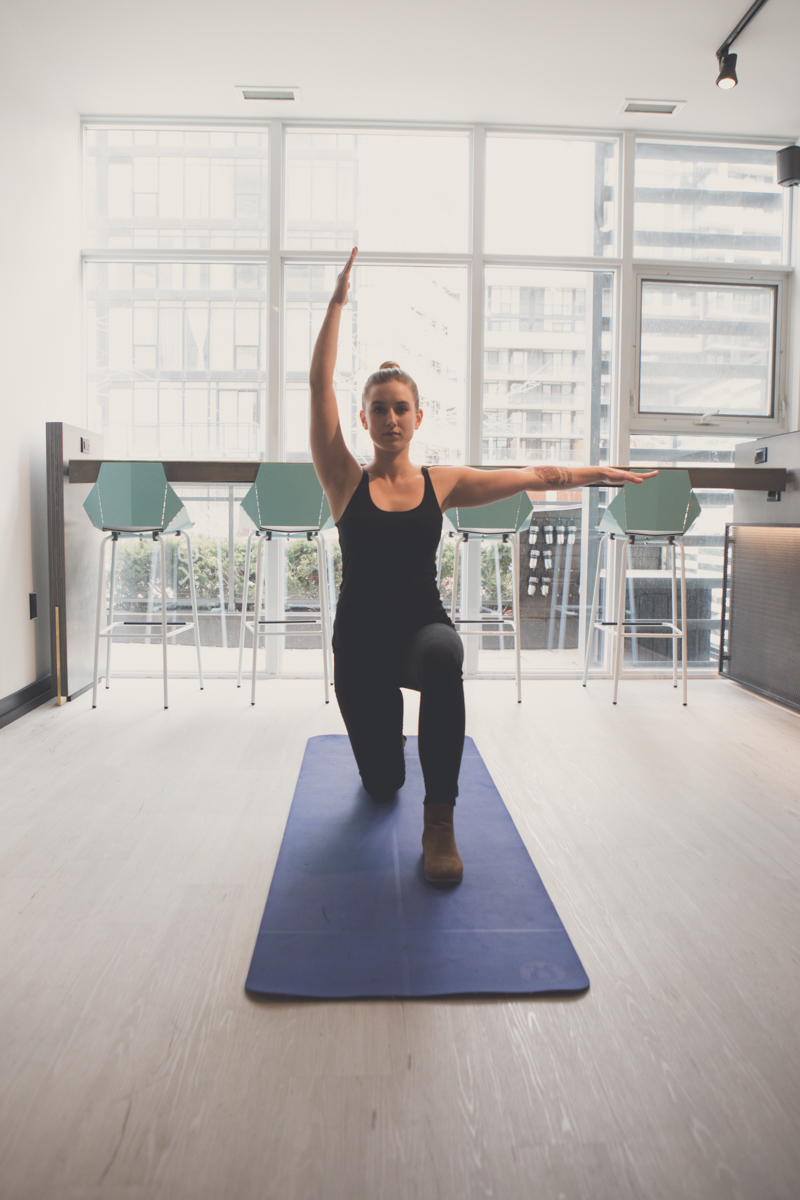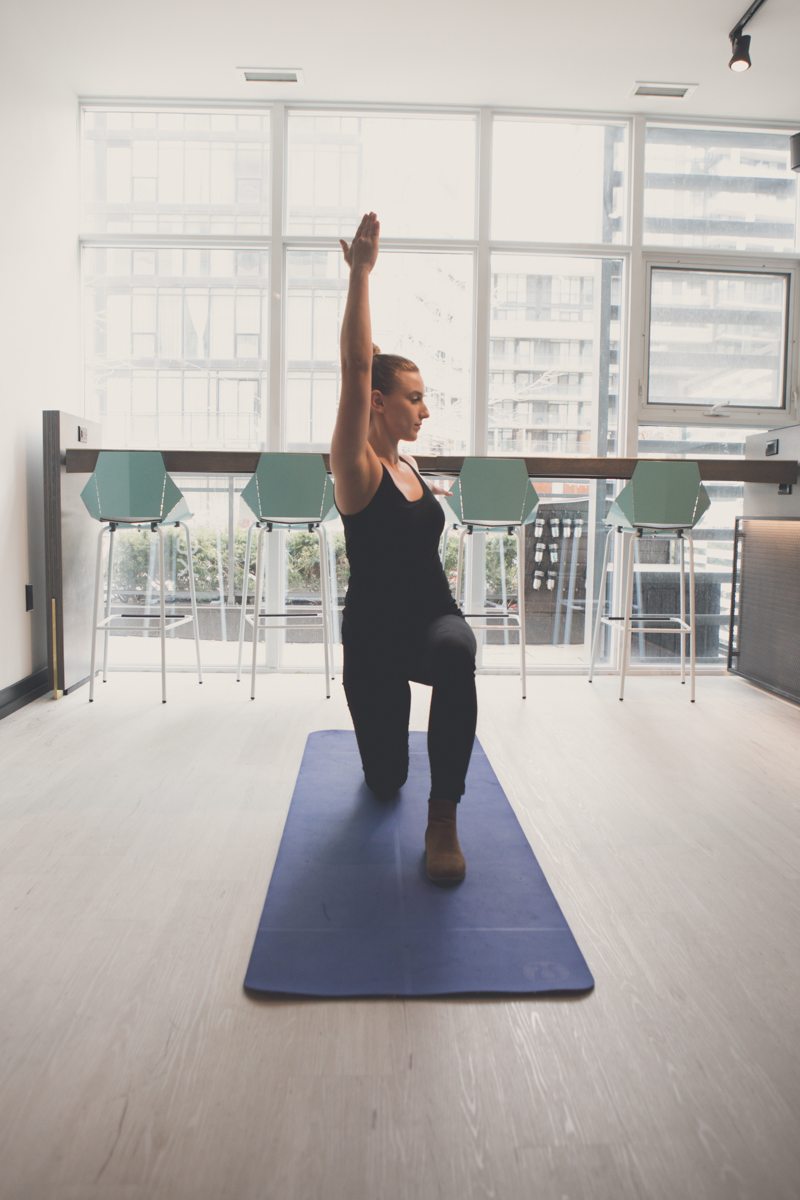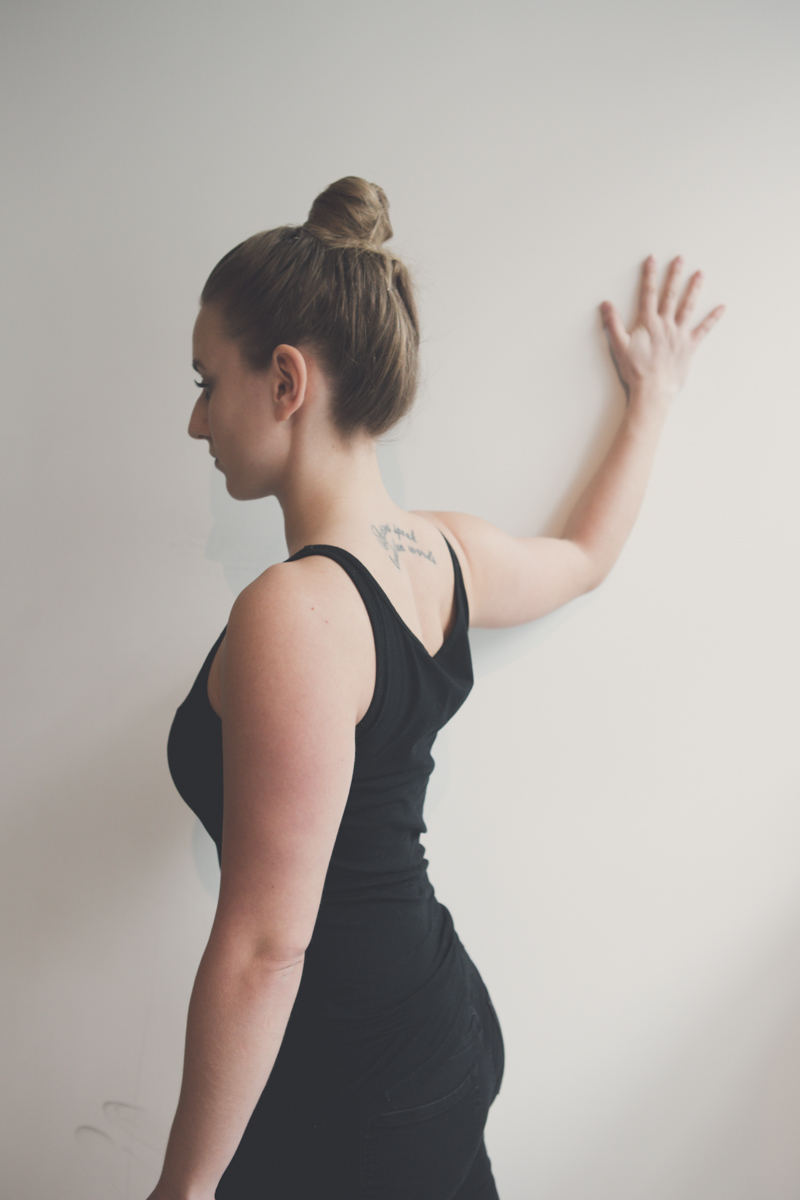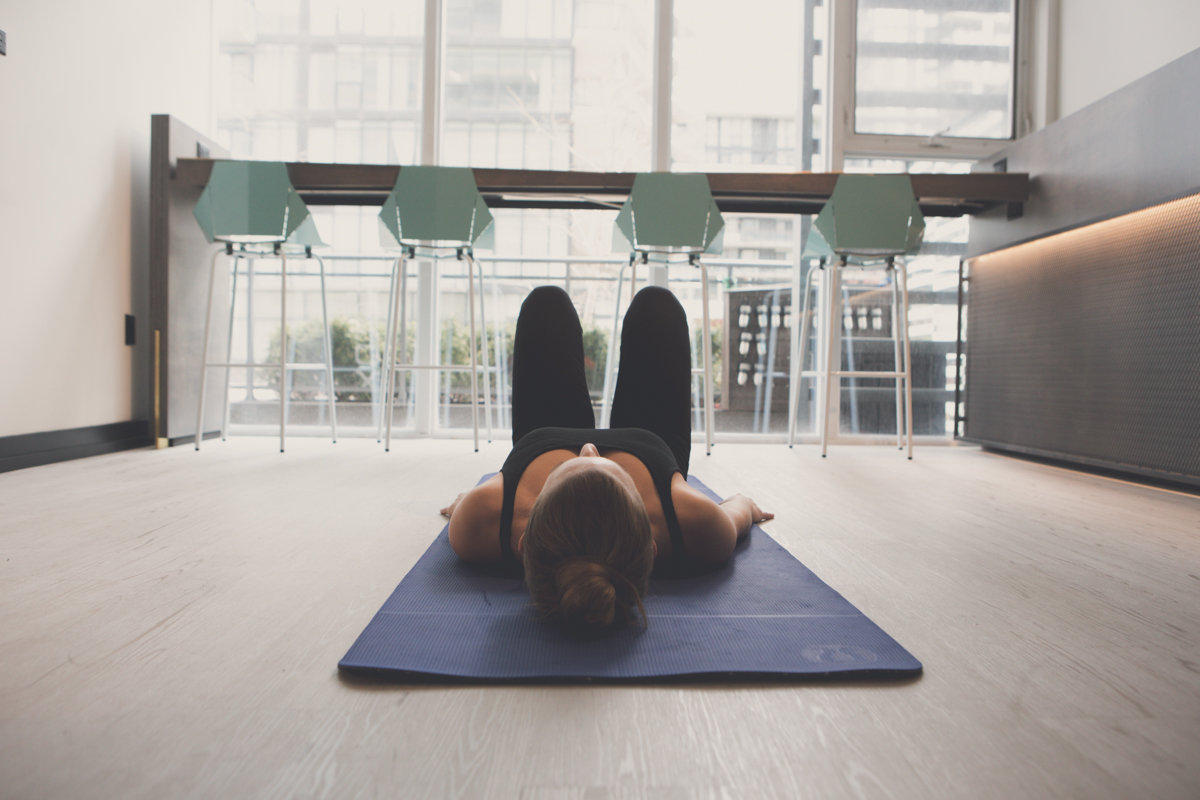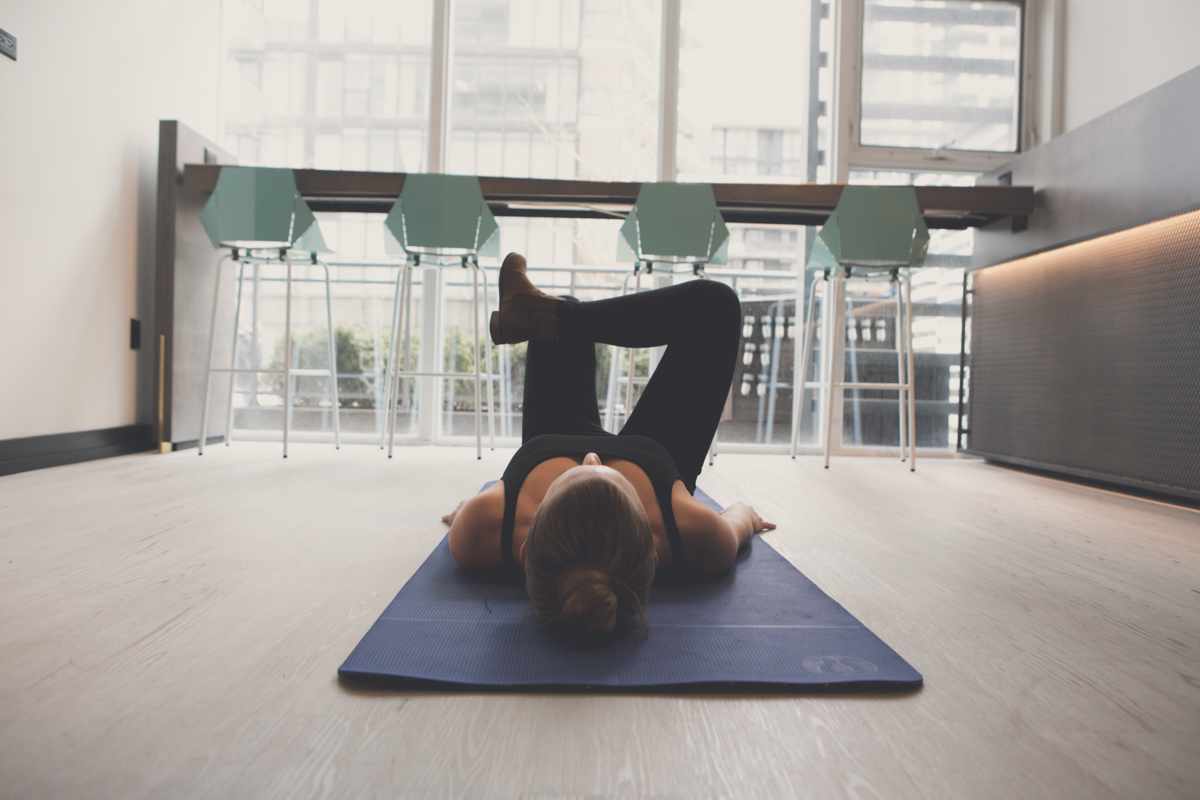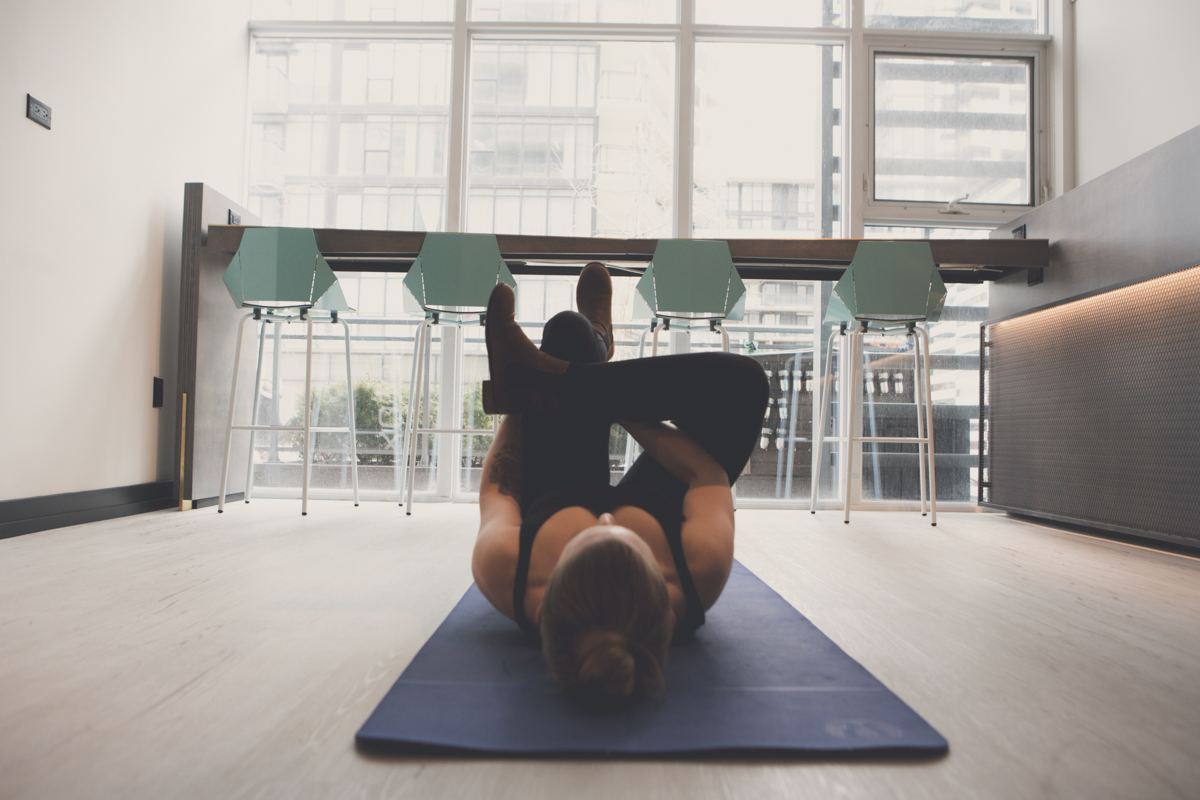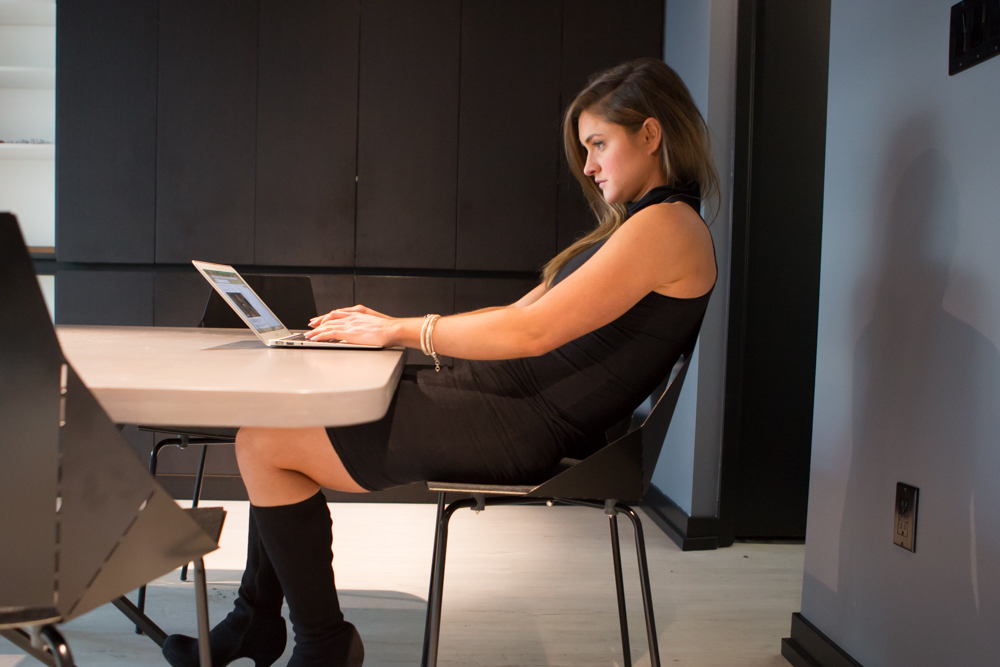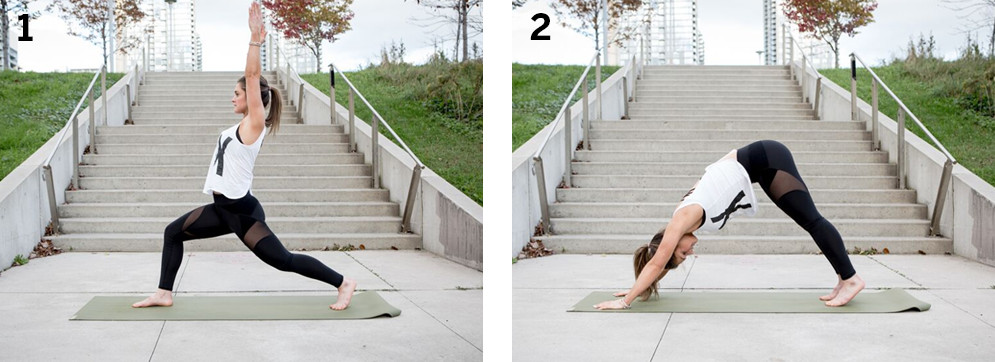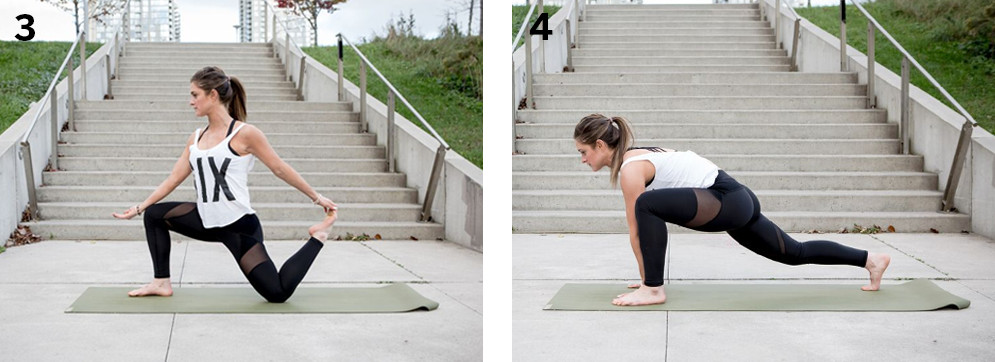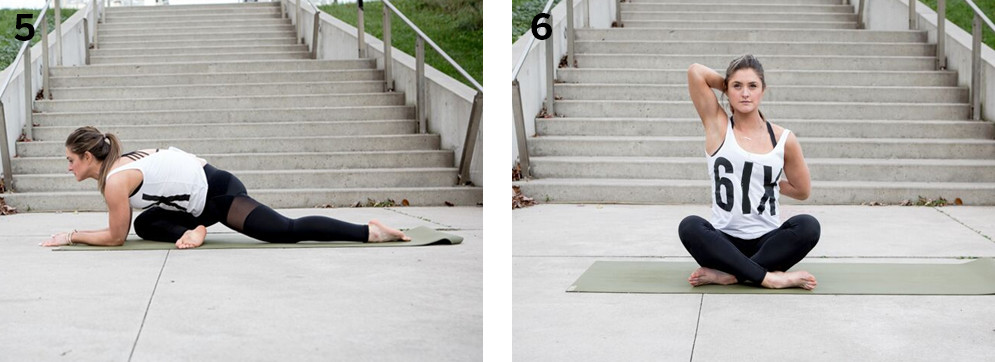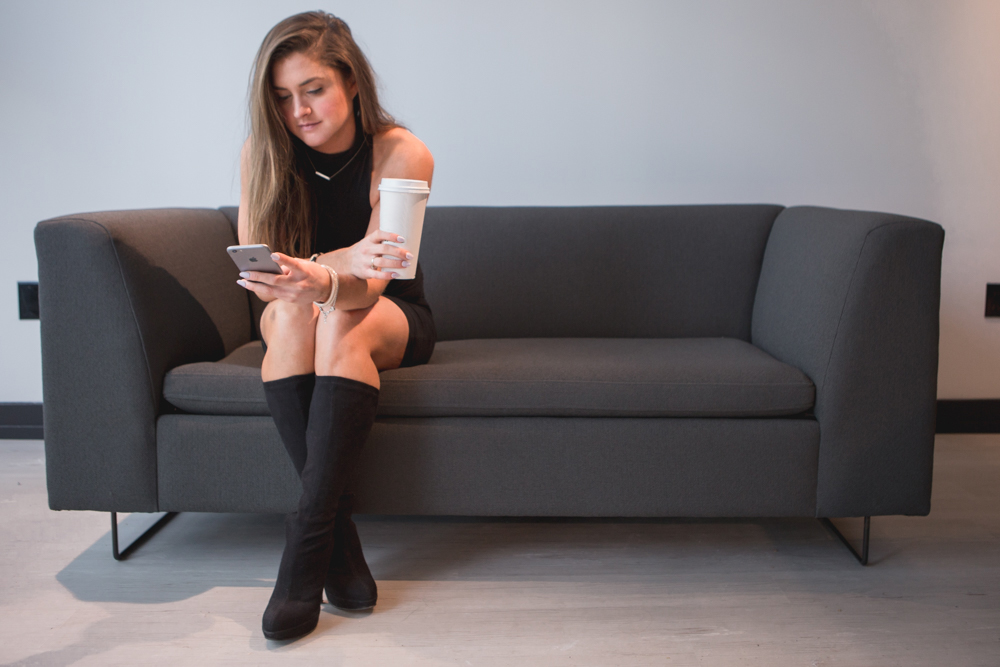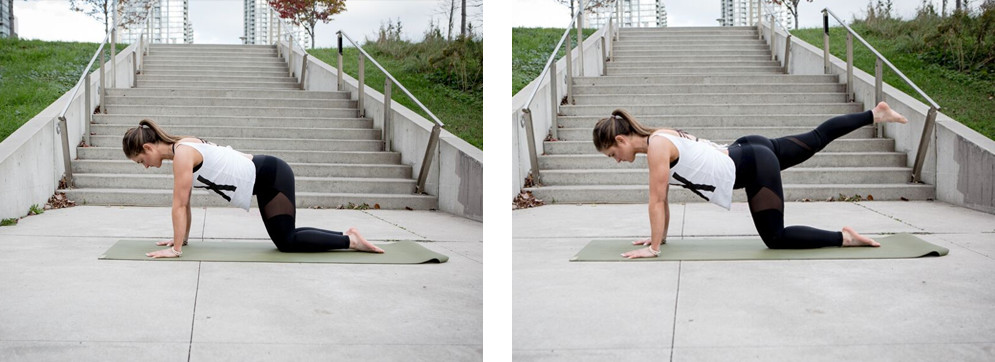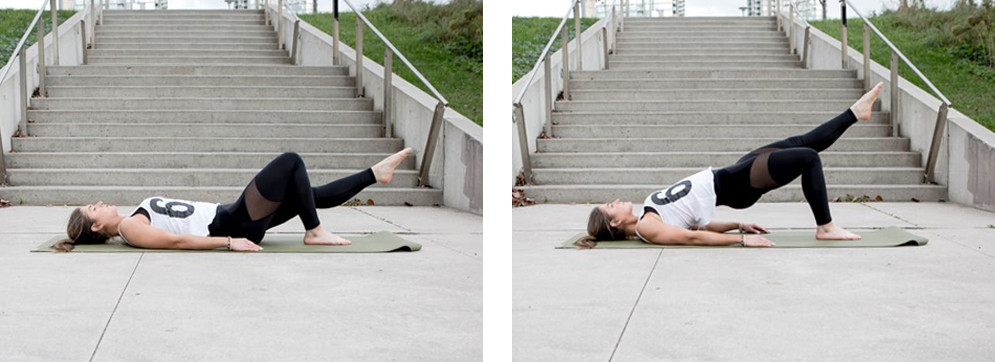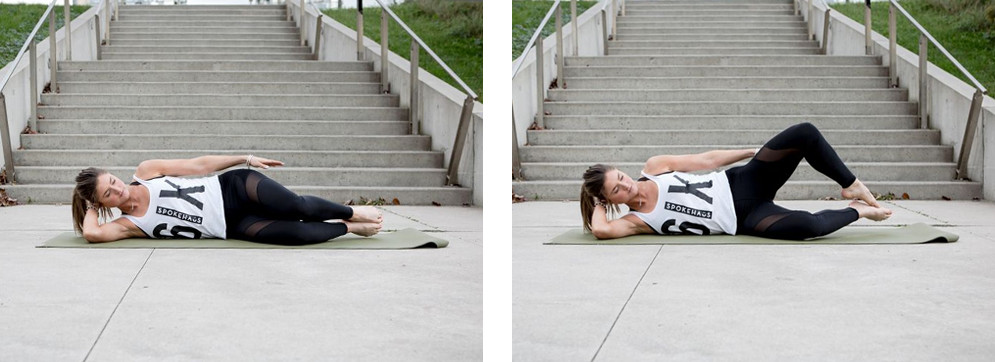Avoid Hip Pain By Adding Three Exercises To Your Daily Routine
Many things can cause hip pain, such as previous injuries, prolonged periods spent sitting, hip/pelvis alignment, and decreased hip mobility.
Pain can be present anywhere around the hip, but the most common areas are the front or side. You might also experience a decreased range of motion in your hip due to pain and tight or weak muscles. You may even notice limping while walking and have trouble bearing weight on the painful leg.You are most likely to experience hip pain if you sit for long periods, have recently picked up a new sport/ activity/ exercise (ex. running), or if you already suffer from back pain due to altered movement patterns.
In most cases, the treatment can also serve as a form of prevention for hip pain! The goal is to return as much range of motion as possible to the hip, then learn to control and keep that motion.
The following exercises are intended to be down 2-3x/day and prioritizing at least one session right before a workout.
Windshield Wipers
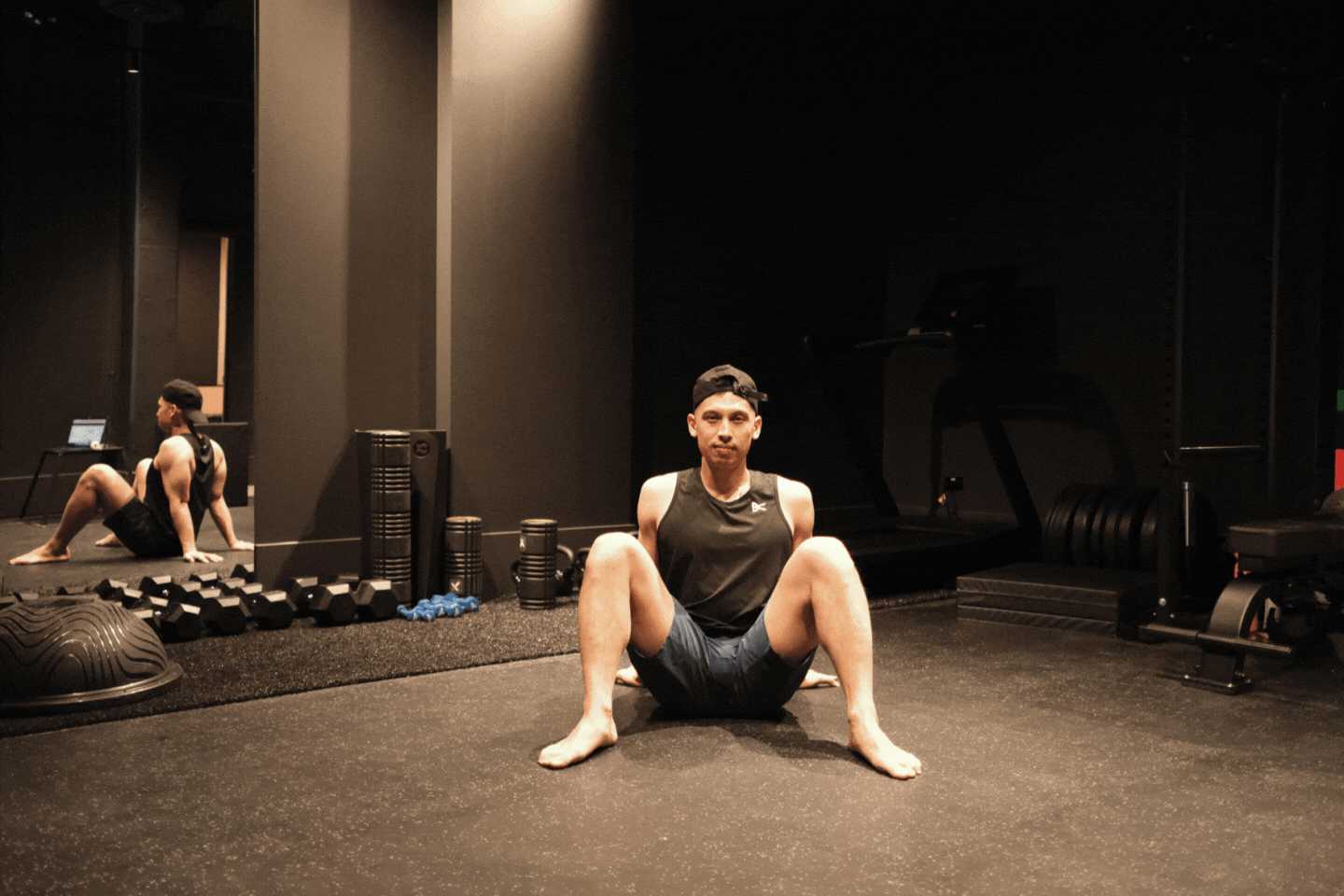
Start position Knees bent and upper body reclined back, with arms supporting.
End position Rotate knees to one-side, trying to keep your chest “tall and proud”. Then repeat on your other side.
You should feel tension on the side and back of your hip.
Complete 10 reps, 2x each direction.
Hip Flexor-Hamstring Stretch
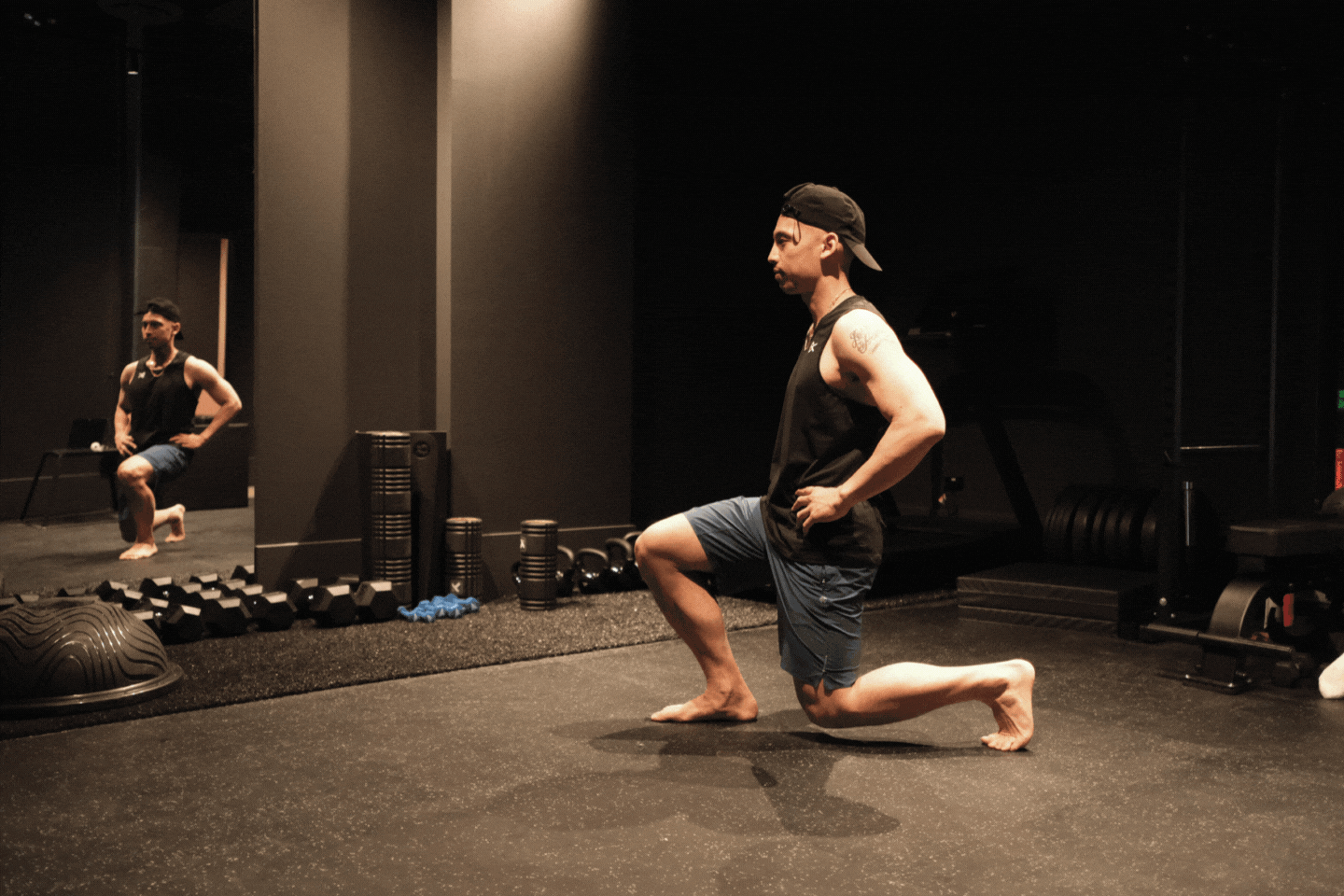
Start positionHalf-kneeling position, squeeze glute of back leg and drive knee forward.
TIP: If you feel pain in your low back, you’re going too far.
End position Sit back on your heel and keep your front leg straight as you fold your spine forward.
You should feel a stretch through the front of your kneeling leg and a stretch through the back of your front leg.
Complete 8 reps, 3x each leg
Load
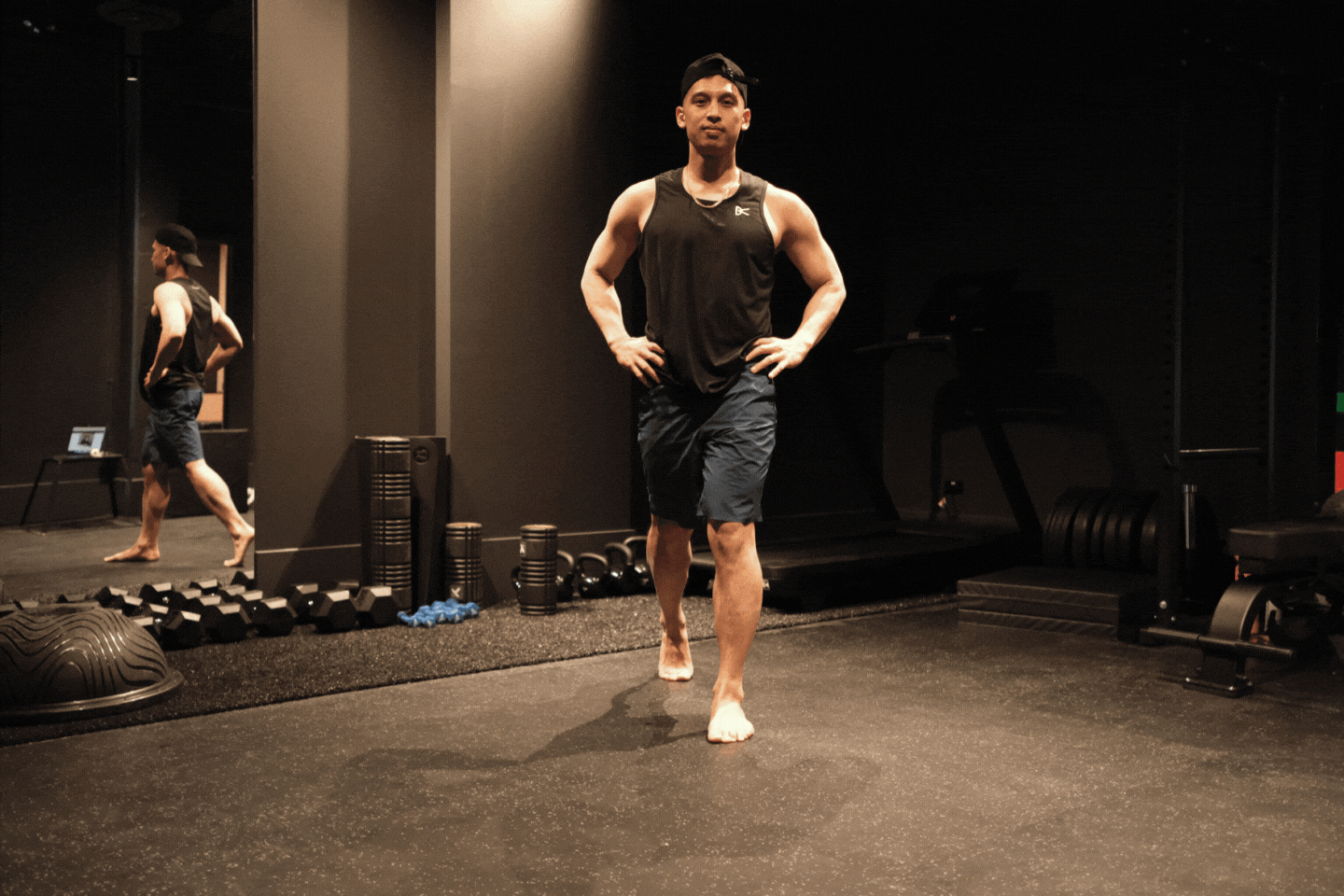
Start position Split-stance position, with equal weight between both legs; both feet flat.
End position Move your body forward over your front leg and shift your hip toward the side. Back foot is on your toes, with ~70% of your weight now on your front leg. Reach your front arm straight overhead.
You should feel a tension stretch through side of your hip.
Complete 8 reps, 3x each leg

